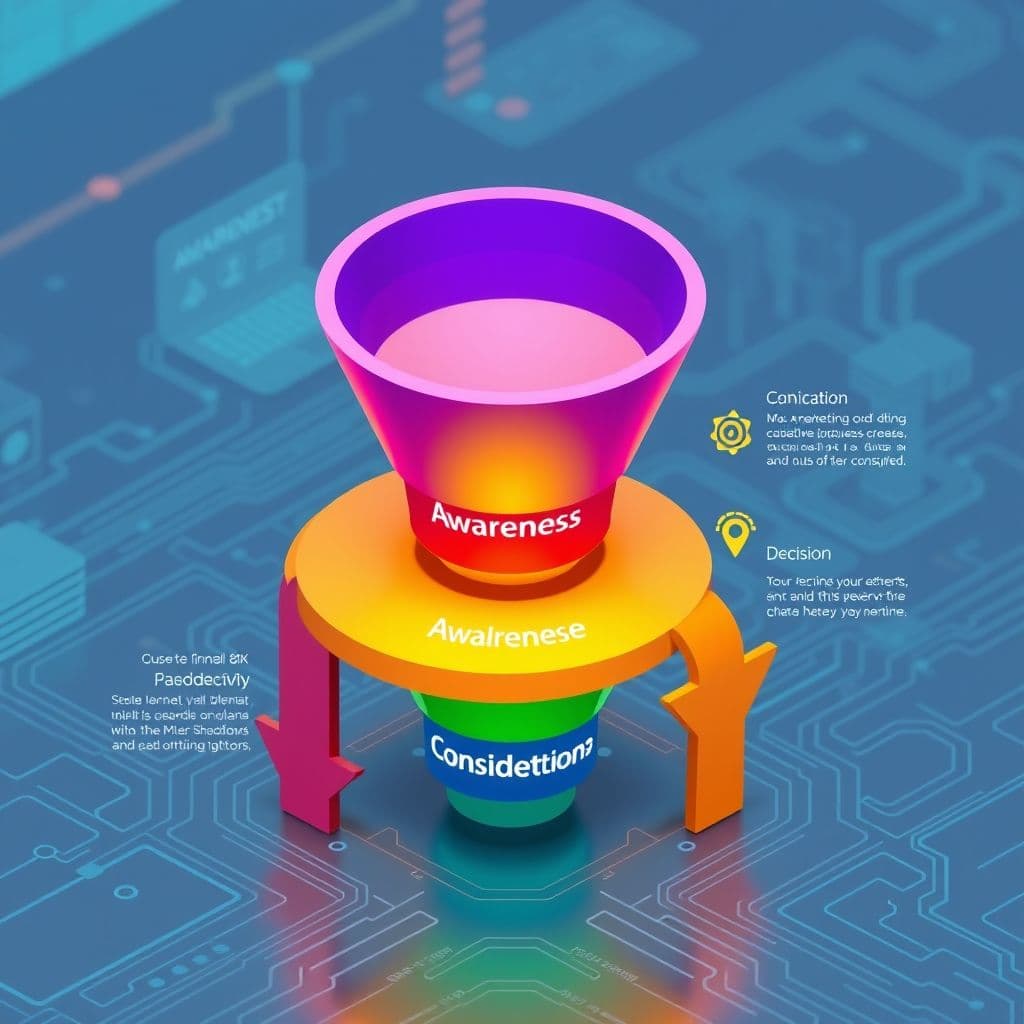Master Revenue Marketing: A Step-by-Step Guide to Driving Business Growth

Revenue marketing is the backbone of modern business growth. Unlike traditional marketing, it focuses on driving measurable revenue by aligning marketing efforts with sales outcomes. Whether you're a startup or an established enterprise, mastering revenue marketing can transform your business. This guide will walk you through six essential steps to build, implement, and optimize a revenue-driven marketing strategy. View original learning path
Step 1: Understand the Basics of Revenue Marketing
Revenue marketing starts with understanding the marketing funnel, which includes awareness, consideration, and decision stages. Lead generation is the first critical step—capturing potential customers through channels like SEO, social media, and paid ads. Once leads are captured, lead nurturing builds relationships through personalized content and email campaigns. Conversion tracking ensures you measure the effectiveness of each stage, helping you identify what’s working and what’s not.

Step 2: Define Revenue Marketing Strategy
A solid revenue marketing strategy begins with identifying your target audience. Develop detailed buyer personas to understand their pain points, preferences, and behaviors. Next, set clear revenue goals—whether it's increasing sales by 20% or improving customer retention. Allocate your marketing budget wisely, prioritizing high-impact channels like content marketing and paid advertising. A well-defined strategy ensures every dollar spent contributes to revenue growth.
Step 3: Implement Revenue Marketing Tactics
With your strategy in place, it's time to execute. Content marketing attracts and educates your audience, while email marketing nurtures leads with personalized messages. Social media marketing builds brand awareness and engagement, and SEO ensures your content ranks high on search engines. These tactics work together to drive qualified leads into your sales pipeline.

Step 4: Measure and Analyze Revenue Marketing Performance
Tracking KPIs like conversion rates, customer acquisition cost (CAC), and return on ad spend (ROAS) is crucial. Use marketing analytics tools like Google Analytics or HubSpot to gather insights. Conversion rate optimization (CRO) improves your website’s ability to convert visitors, and A/B testing helps refine campaigns. Data-driven decisions ensure continuous improvement.
Step 5: Optimize and Iterate Revenue Marketing Strategies
Leverage data to refine your approach. Marketing automation streamlines repetitive tasks, while personalization enhances customer experiences. A CRM system helps manage customer interactions and improve retention. Continuously iterate based on performance data to maximize ROI.
Step 6: Advanced Revenue Marketing Techniques
For businesses ready to level up, account-based marketing (ABM) targets high-value accounts with tailored campaigns. Predictive analytics forecasts future trends, and marketing attribution identifies which touchpoints drive conversions. Aligning sales and marketing teams ensures seamless customer journeys from lead to sale.

Conclusion
Revenue marketing is a powerful approach to driving sustainable business growth. By understanding the funnel, defining a clear strategy, implementing effective tactics, and continuously optimizing, you can turn marketing into a revenue-generating engine. Ready to take your marketing to the next level? Start by analyzing your current funnel and identifying one area to improve this week.
Frequently Asked Questions
- How long does it take to see results from revenue marketing?
- Results vary based on your industry and strategy, but most businesses see measurable improvements within 3-6 months of consistent execution.
- What’s the biggest mistake beginners make in revenue marketing?
- Focusing too much on top-of-funnel activities (like brand awareness) without optimizing for conversions. Always tie efforts to revenue outcomes.
- Do I need a large budget for revenue marketing?
- Not necessarily. Even small businesses can succeed by focusing on high-impact, low-cost tactics like SEO and email marketing.





